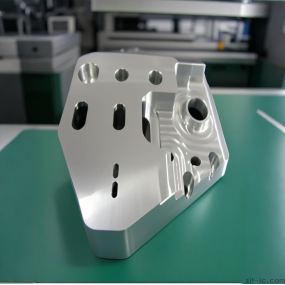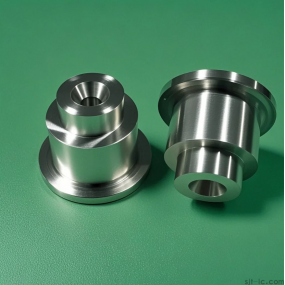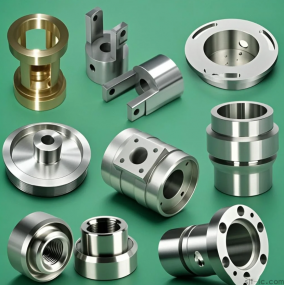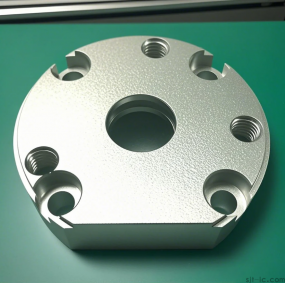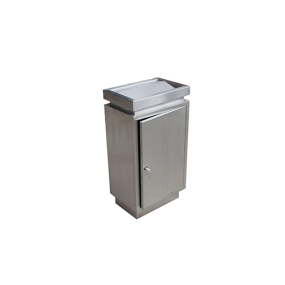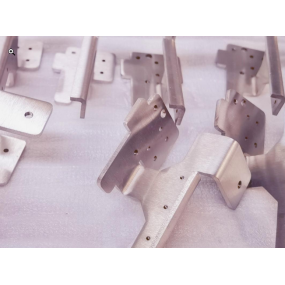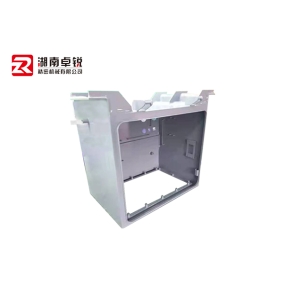Sheet metal cabinet processing has always been a relatively complex processing technology, but due to differences in application industries and products, the processes used for sheet metal cabinet processing may also vary, but overall they are not significantly different. Do you know what are the common processes for processing sheet metal cabinets? Below, the editor of Aima Technology Co., Ltd. will introduce to you:
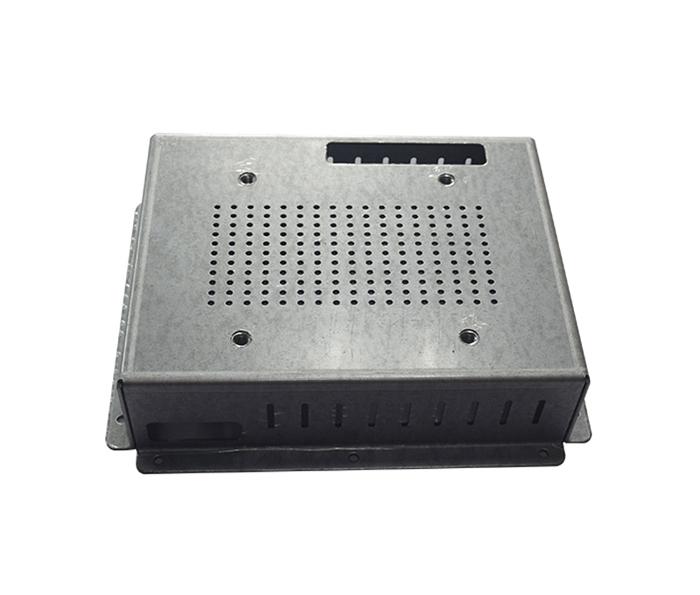
The common processes for processing sheet metal cabinets include the following:
1. Assembly process
During the processing of sheet metal cabinets, commonly used assembly methods include ground sample assembly, profile assembly, horizontal, vertical, and inverted assembly.
2. Cutting process
It is to cut the raw material according to the completed layout pattern, usually using methods such as manual cutting, mechanical cutting, punching processing, flame cutting, plasma gas cutting, and laser cutting. Sheet metal cabinet processing can be selected based on factors such as different technical requirements, batch size, and cost during cutting. Different cutting methods may result in different choices based on factors such as cutting and processing excess materials according to the drawing.
3. Bending process
Due to the complexity of bending, this may be a difficult step in sheet metal cabinet processing and metal manufacturing, and engineers must be very familiar with the bending properties of metals. Most bending machines have certain limitations on bending. Generally, the single-sided height is the size of the bending machine and the height of the upper blade. The solution can be to use multi sided large angle bending. The height of both sides should not exceed the maximum height of one side. In addition to all the limitations of the height of one side, it is also limited by the bottom edge: bending height<; the base.
4. Forming process
The forming process is the most critical design requirement in sheet metal cabinet processing, playing a crucial role in improving processing efficiency, product quality, and reducing costs. The forming process includes: manual forming, mechanical forming, top pressure forming, explosive forming, etc. Artificial shaping is a fundamental skill that traditional sheet metal workers must master; Mechanical forming is currently the most commonly used process, which achieves the formation of sheet metal workpieces through rolling and bending equipment, bending equipment and molds, rolling equipment and molds, bending equipment and molds.
Due to different forming methods, the cutting length of sheet metal cabinets varies according to the drawing. Therefore, everyone should consider carefully during the production and processing process. Otherwise, if the cutting size is too large, it will waste materials and increase costs, sometimes causing difficulties in processing; Insufficient cutting can result in defective workpieces. The process technology of processing and forming is the key to ensuring product quality and improving work efficiency.
In summary, we can see that the commonly used processes for sheet metal cabinet processing mainly include assembly, cutting, forming, and so on. However, in addition to these commonly used processes, there are also processes such as polishing, cutting, bending, spraying, surface treatment, etc. When choosing, you can choose the appropriate sheet metal cabinet processing technology according to your own needs in order to obtain high-quality sheet metal cabinet processed parts.


 Spanish
Spanish Arabic
Arabic French
French Portuguese
Portuguese Belarusian
Belarusian Japanese
Japanese Russian
Russian Malay
Malay Icelandic
Icelandic Bulgarian
Bulgarian Azerbaijani
Azerbaijani Estonian
Estonian Irish
Irish Polish
Polish Persian
Persian Boolean
Boolean Danish
Danish German
German Filipino
Filipino Finnish
Finnish Korean
Korean Dutch
Dutch Galician
Galician Catalan
Catalan Czech
Czech Croatian
Croatian Latin
Latin Latvian
Latvian Romanian
Romanian Maltese
Maltese Macedonian
Macedonian Norwegian
Norwegian Swedish
Swedish Serbian
Serbian Slovak
Slovak Slovenian
Slovenian Swahili
Swahili Thai
Thai Turkish
Turkish Welsh
Welsh Urdu
Urdu Ukrainian
Ukrainian Greek
Greek Hungarian
Hungarian Italian
Italian Yiddish
Yiddish Indonesian
Indonesian Vietnamese
Vietnamese Haitian Creole
Haitian Creole Spanish Basque
Spanish Basque

